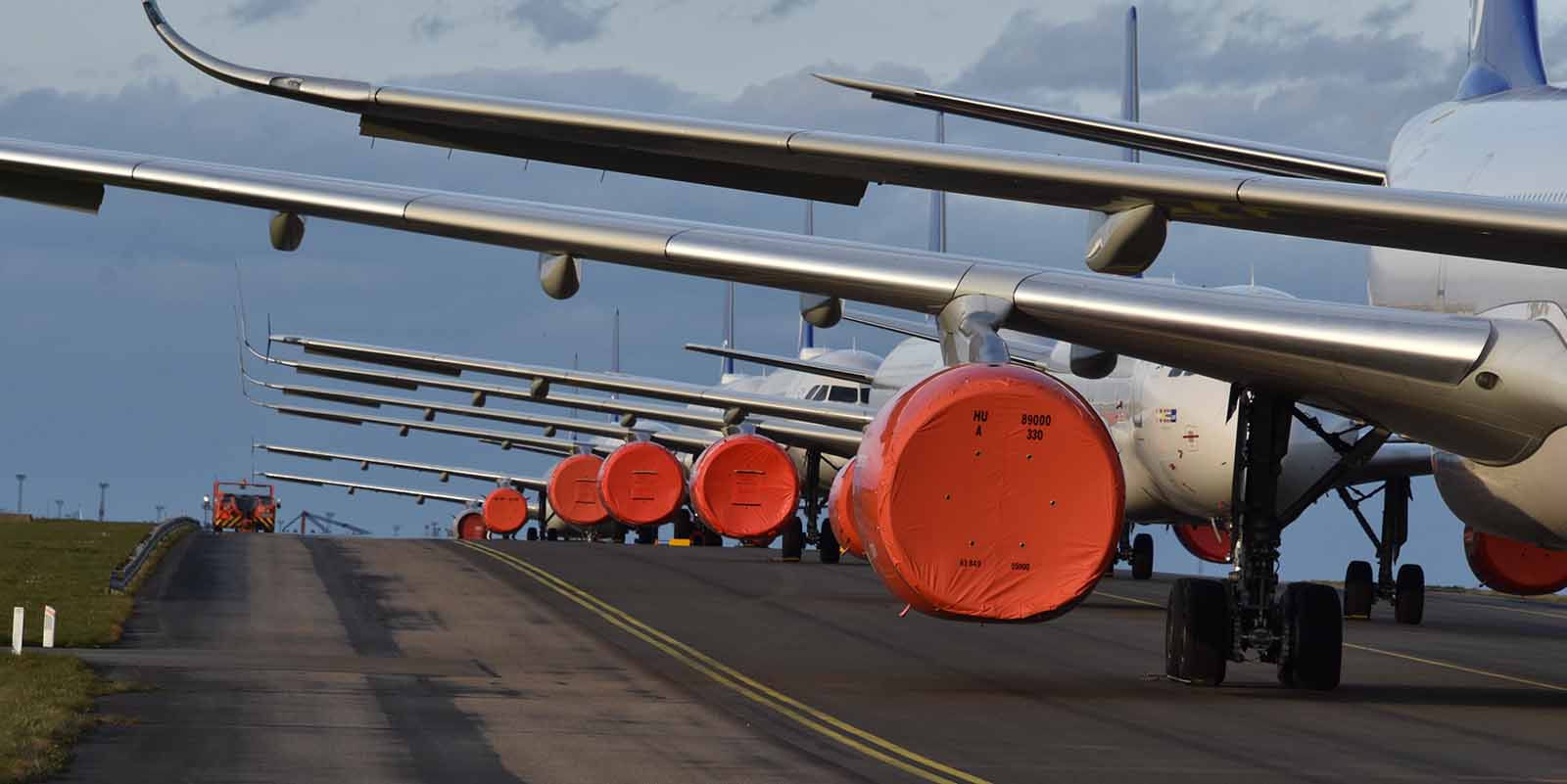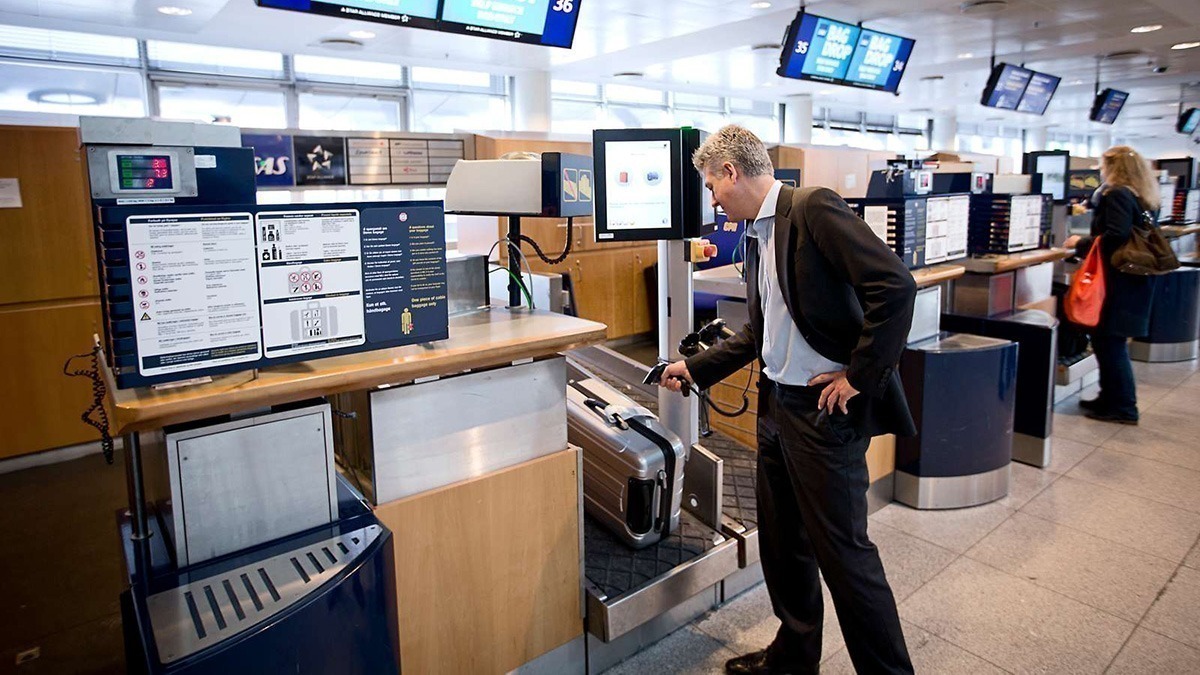Data, trends and forecasting beyond Covid-19
Our Chief Traffic Forecaster explains the driving factors for passenger numbers at Copenhagen Airport – during and after the coronavirus pandemic. Then we see how our forecasting teams can help airlines get a step ahead on decisions about capacity by combining new data sets.

PHOTO BY: @shawnanggg, Unsplash
PUBLISHED: 17/12/2020
Latest passenger surveys: Travel is a “need to have”
Our passenger surveys from October show a business/leisure split that mirrors shares from 2019: Business 33% and leisure 67%. However, there has been a major change in the underlying leisure travel compared to last year. Visiting friends and family accounted for 47% of leisure travel in October 2020, compared to 27% in October 2019. One reason for this is that the share of passengers who are foreign workers living in Denmark has grown from 3% to 8% between 2010 and 2019, evidencing the attractiveness of Denmark’s small and open economy.
Pure leisure travel is still significantly lower than last year, with an average share of 16% for October 2020 compared to 35% in October 2019. As travel constraints continue to limit pure leisure travel, this trend will most likely continue throughout the Covid-19 pandemic.
“Passenger numbers are closely tied with infection rates,” explains Thomas Thessen, Chief Traffic Forecaster at Copenhagen Airport, Adjunct Professor at Aalborg University, and Chairman of Airport Traffic Think Tank (AT3). “In the short-term, we can expect small increases in traffic around Christmas and Q1 as the weather gets warmer.”
A return to normal after Covid-19
“While the timing is not certain,” continues Thomas, “one thing is clear: the pandemic will end. And when it does, the driving factors for the industry will continue to be globalisation and the environment. We are quite sure we will return to pre-corona levels again – and grow further beyond that – and we are planning the rebuilding of our airport accordingly. Our climate strategy has not changed, and we believe that this will be a competitive advantage.”
With building projects already well underway by the beginning of 2020, hotel capacity in Copenhagen is still expected to grow 50% in the next couple of years. This will likely cause a drop in hotel prices that will be very attractive to inbound tourists and in turn stimulate demand. Our surveys also show that Danes are looking forward to going on vacation again, while the Danish economy is on track for a quick recovery – a trend that correlates with passenger growth.
On the business side, demand for inter-company travel may decrease, as many companies have found they can successfully move internal meetings online. However, online conferences and events have not found a way to support personal connections and networking, while new business still demands in-person sales meetings to succeed in an increasingly global and competitive market. With many international businesses in our catchment area across Greater Copenhagen and Sweden, we expect business travel to return to nearly the same level as before the pandemic.
New sources of data to support capacity decisions
In such an exceptional year, historical data simply does not apply any more. Instead, our forecasting team is using external indicators, bringing together current health, economy and travel behaviour data for Denmark. The team also has a dedicated Covid-19 dashboard that collates three different data sources for each country: coronavirus cases, departing passengers, and travel restrictions. Soon our government will start setting travel restrictions at a regional level, and we will update our dashboard accordingly.
“We are using our data as effectively and creatively as we can to give a much clearer picture,” says Thomas. “The level of detail in our dashboards allows us to give airlines the background information they need to make capacity decisions as quickly as possible.”



